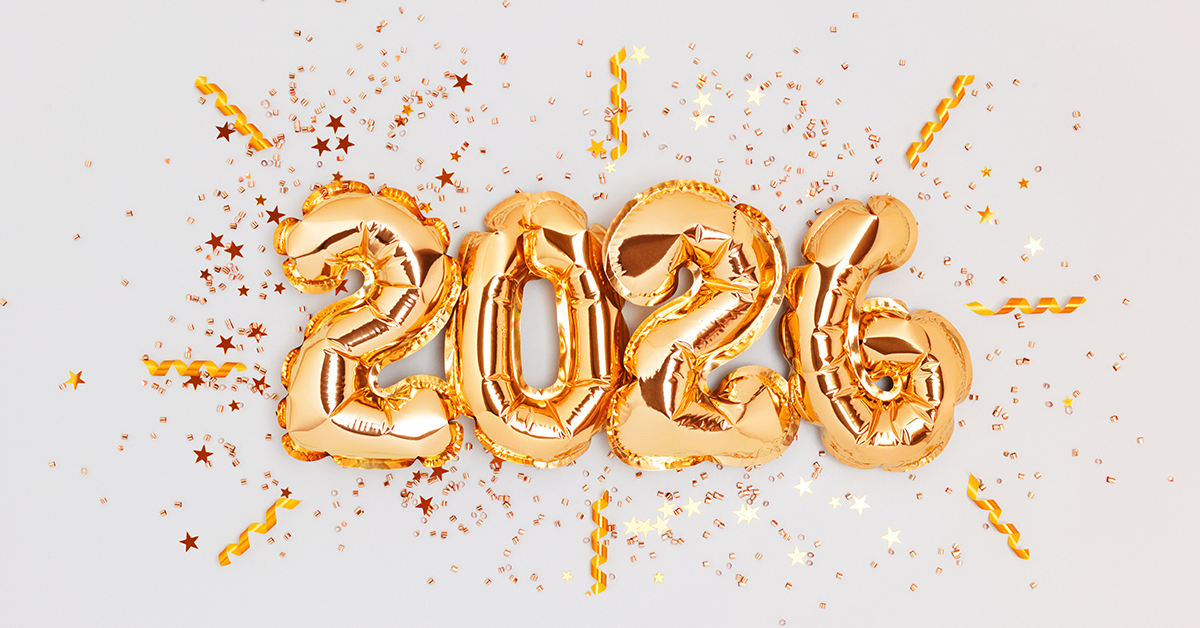We’ve all seen the power of a well-placed hashtag in action. They can ignite a social movement, draw attention to an important cause, or start a fun viral trend.
When used in business, hashtags are a way for you to join a broader conversation, get your company’s name out there, or promote products or events. If you’ve seen them everywhere but aren’t quite sure how to use them yourself, this guide to using the right hashtags on Twitter or Instagram is for you.
What Is a Hashtag?
Let’s start with the basics. A hashtag is a word or phrase that has the hash sign (#) in front of it. The hash sign turns the word or phrase into a metadata tag, which automatically groups all tweets or Instagram posts containing that hashtag together. That makes it very easy to track the content and all related posts.
Why Use Hashtags?
There are a number of reasons a business might use a hashtag. Most obviously, they’re an easy way to get involved in a broader conversation.
For example, Small Business Saturday – which happens each year between Black Friday and Cyber Monday – is a great time for local businesses to get their names out there and encourage consumers to do business with them, rather than one of the big guys. Using hashtags like #SmallBizSatUK, #ShopSmall and #ShopLocal signals that your business is involved in the day and helps consumers using those hashtags to find new local businesses to patronise.
You can also create your own hashtag for your business. Whether you’re launching a new product or are hosting a big event, a hashtag allows you to generate excitement around an occasion. It also lets your customers get in on the fun by taking photos of the new product or the event and using the hashtag to share them with their friends (and broaden your audience).
Hashtag Dos & Don’ts
Hashtags are great, but only when used properly. The biggest mistake people make is over-hashtagging. Limit it to two or three hashtags per tweet. Otherwise, your post becomes illegible and overcrowded. On Instagram, you can add more hashtags without it becoming obnoxious. Instagram allows you to add 30 hashtags per post, but one study found that nine hashtags is the magic number.
How to Find the Right Hashtags
If you’re starting your own hashtag, do your research first. Make sure the hashtag hasn’t been used in the past by people, organisations, or causes that you wouldn’t want to be associated with your business.
When creating your own hashtag, you also want to make sure it’s easy to understand and spell, and that it makes sense for your business and your audience. If it’s too long or complicated, it won’t catch on with others, and you’ll find yourself tweeting into a hashtag void.
Finally, think about providing an incentive to get the hashtag rolling. If you’re launching a new hashtag, offer your Twitter fans a chance to win a prize when they tweet something with your new hashtag.
If you’re looking for existing hashtags to add on, do some research on Twitter and Instagram to see how many people are using the hashtag, how frequently people are posting, and what they’re posting about. You can also engage with those hashtags after using to increase engagement on your own posts.
Hashtags are a great way to get in on existing trends and conversations that are relevant to your business or start your own viral conversation. When you understand what they are and how to use them, they can help you reach more people on Twitter and Instagram and generate greater attention for your brand.





